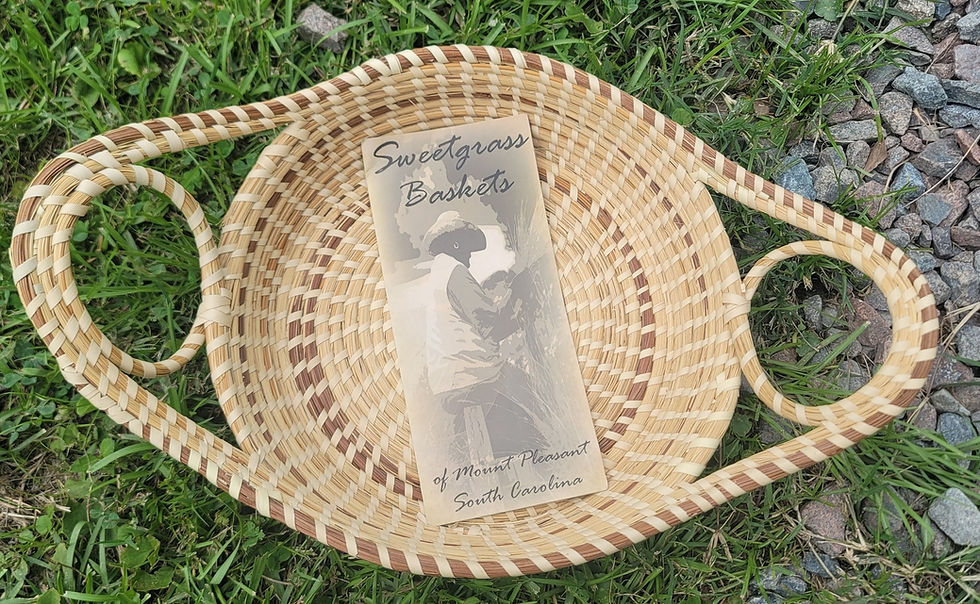55th Anniversary of Bloody Sunday
- Tammy Gibson
- Mar 8, 2020
- 3 min read
Updated: Mar 8, 2020
John Lewis, Hosea Williams, Amelia Boynton Robinson. These are just a few names and others that I think about every year on the anniversary of Bloody Sunday.

On March 7, 1965, John Lewis, Hosea Williams and 600 protesters left Brown Chapel A.M.E. Church to march 54 miles from Selma to Montgomery. When they crossed the bridge, they were met by Alabama State Troopers who were there to block them from marching. The troopers ordered them to turn around and go back home. When the protesters refused, they were attacked by dogs, hit with billy clubs and sprayed with tear gas.
On their third attempt, March 21, 1965, thousands of marchers walked several miles a day and slept in fields. They reached the Alabama State Capitol March 25, 1965. A few months later, President Lyndon B. Johnson signed the Voting Rights Act of 1965.

In honor of the foot soldiers whose shoulders I stand on, I participated in the 55th Anniversary Selma to Montgomery Bicycle Ride.

My club, the Major Taylor Cycling Club Chicago, went to Montgomery and participated in this amazing event. I must admit, I was very nervous, because I did not train during the Winter like I was suppose to, but it was my obligation to retrace where the foot soldiers walked several days to Montgomery. There were as many as 500+ cyclist from all over the world that participated.
The event took place, Saturday, February 22, 2020. The weather was a little chilly, but I was prepared for the weather with layers of clothes and hand warmers.



The ride started around 9:00 a.m. I was ready to roll. There were three resting stops to refill water bottles, snack on fruit, nuts and drink pickle juice for cramps.


I rode at a slow pace at 13-15 mph. To keep my focus on my ride, I listened to house music and New Edition. It helped alot, lol. While riding on the expressway of "Sweet Home Alabama," I saw beautiful green pastures with cows, horses and sheep, a little bit of road kill, at times rude drivers who did not have respect for the cyclist on the road and Confederate license plates.
I envisioned the foot soldiers walking the same path that I'm riding singing freedom songs. At times, I felt tired and struggled a little bit because there was several hills, but I was determined to make it to the Montgomery Capitol.



Along the route, there were two historical sites:
The first one is the Elmore Bolling marker. Mr. Bolling was a successful entrepreneur. He owned a general store and trucking business. On December 4, 1947, Bolling, age 39, was lynched because racist white men were jealous of Bolling's success. He was shot seven times and his body was dumped in a ditch.
The historical marker is located on U.S. Highway 80 in Lowndesboro, Alabama.
Josephine Bolling McCall wrote a book about her father entitled "The Penalty for Success." This is an excellent book.



EJI's Community Remembrance Project volunteers went to sites to collected soil where African American men, women and children were lynched and put the soil in jars. There are several jars of known and unknown victims.



The second historical site is the murder of Viola Liuzzo.
On March 25, 1965, Viola Liuzzo, a stay-at-home wife from Detroit, MI was murdered.
While at home, watching footage of the freedom marchers being attached on the Edmund Pettus Bridge, she drove to Selma to be a part of the movement.
After a successful march, Liuzzo was taking civil rights activists home. Leroy Moten, an African American, was the last person in the car with Liuzzo on his way home. A car approached the car the shot Liuzzo in the head. It was alleged she was killed by some Klansmen. Leroy Moten, survived by pretending he was dead.
The men responsible for her death, were acquitted by an all-white jury, but was later convicted.





At 5:08 p.m., I made it to the Capitol in Montgomery, AL. I was so happy and excited. I can't believe I rode for 54 miles. It was such a great feeling.
Looking forward to coming back to Selma next year!!!!


Praying for Congressman John Lewis. Thank you for your bravery, leadership and fight for equality and justice.


.jpg)



Comments